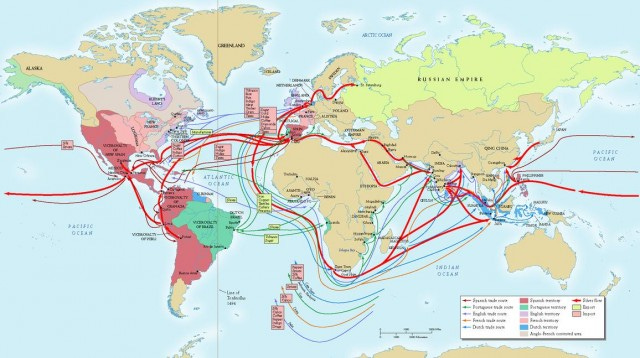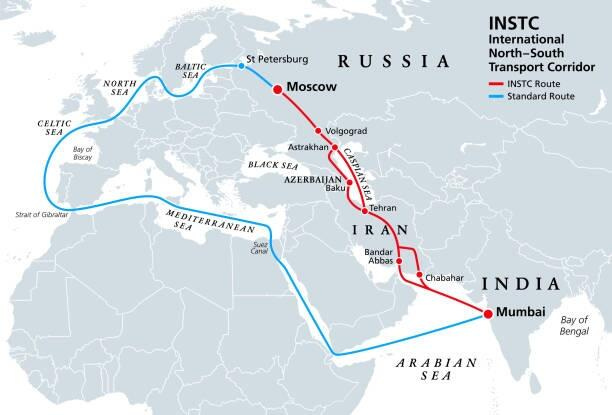The Corridor That Could Break the World Order
How a quiet logistics route is quietly dismantling the Western-led global system
“The road is the place where history happens.”— Peter Frankopan
For millennia, the fate of empires and the shape of global power have hinged on control over trade routes. From the ancient Silk Road to the Age of Exploration, dominating key corridors meant not just economic wealth, but strategic leverage over rivals and rivals’ ambitions.
Take the Silk Road, for example. This vast network of caravan routes connected East Asia to the Mediterranean for centuries, allowing goods, ideas, and cultures to flow across continents. But more importantly, the empires that controlled critical junctures—like the Persian Empire or later the Mongols—leveraged this control for political dominance, wealth extraction, and influence over vast territories.
In the 19th century the opening of the Suez Canal—a man-made shortcut that cut sea travel between Europe and Asia by thousands of miles. Whoever controlled the Suez wielded enormous influence over global trade, with the British Empire famously seizing control of the canal to secure its colonial and commercial interests.
Control over these trade arteries didn’t just mean prosperity; it was a form of power that shaped geopolitics for generations. The blocking or opening of a route could make or break alliances, fuel wars, or force nations to realign their economies and security strategies.
Today, the International North-South Transport Corridor (INSTC) is quietly echoing this pattern. It represents a new Silk Road of sorts — a strategic corridor that bypasses traditional maritime chokepoints dominated by Western powers. As with the ancient routes, the control and development of this corridor signal a shift in how economic and geopolitical power will be exercised in the 21st century.
Understanding INSTC means understanding that in geopolitics, infrastructure is power, and trade routes are the arteries through which global influence flows.
What if sanctions don’t work anymore?
What if Russia, Iran, and India just built their way around them—with trains, ships, and roads that no longer pass through Western-controlled ports, currencies, or institutions?
They’re doing exactly that.
It’s called the International North-South Transport Corridor (INSTC). And while it sounds like an obscure bureaucratic project buried in a regional trade summit, it may be one of the most geopolitically disruptive developments in decades.
It’s not just a new trade route—it’s a strategic blueprint for a multipolar world.
Keep reading with a 7-day free trial
Subscribe to The Monetary Skeptic to keep reading this post and get 7 days of free access to the full post archives.




